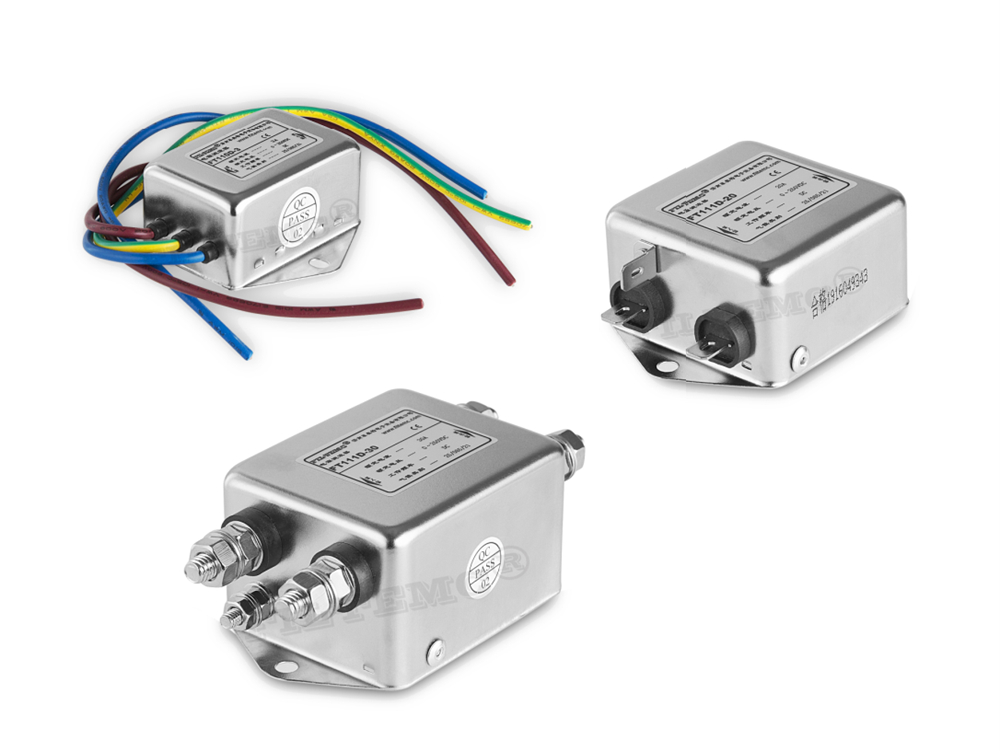Today, with the rapid development of science and technology, the finite element method has become the main method of scientific and engineering analysis today. It is the basic theory of computer simulation technology and the main method of practical technology. It has already crossed the aerospace industry and entered machinery and bridge civil construction , Shipbuilding and other industries and has been widely used. In the industry, the integration of electronic components is getting higher and higher. While high integration brings multi-functions, it also brings high heat flow problems. Excessively high temperatures have a very adverse effect on electronic components. Therefore, it is desirable to reduce the temperature of the electronic device as much as possible within the allowable range. The advantage of the computerized finite element analysis method for the problem involving the optimal solution here is that the calculation speed is fast and the intuitiveness is good. In this paper, the company's finite element analysis software is used to analyze the relationship between the heat dissipation effect of the comb-shaped radiator and the length of the radiator under the condition that the weight of the radiator is constant.
Basic principles and related formulas Heat conduction Heat conduction can be defined as the exchange of internal energy between two objects in full contact or between different parts of an object due to temperature gradients. The heat conduction follows Fourier's law: the heat flux density is the thermal conductivity coefficient, which means that the heat flow is in the direction of decreasing temperature. Thermal convection Thermal convection refers to the exchange of heat between the surface of a solid and the fluid in contact with it due to the temperature difference. Thermal convection can be divided into two categories: natural convection and forced convection. Thermal convection is described by Newton's cooling equation: convection heat transfer coefficient (or membrane heat transfer coefficient, heat supply coefficient, membrane coefficient, etc.) is the temperature of the solid surface and the temperature of the surrounding fluid. The most basic principle of thermal analysis Thermal analysis is based on the heat balance equation of the principle of conservation of energy, using the finite element method to calculate the temperature of each node and deriving other thermophysical parameters. Thermal analysis includes heat transfer, heat convection and heat radiation. The experiment uses the calculation of heat transfer and heat convection. Thermal convection is used as a surface load. The parameters applied to the surface of the solid or shell element are the convection coefficient and the fluid temperature. The flow coefficient can change with temperature.
High performance DC 2 stage filters with exceptional common and differential mode filtering effect for interference from 10KHz to 30MHz.
FT1200D series are DC 2 stage pwoer line filters comprising one common mode and one differential mode with enhanced filtering effect of the differential mode interference.FT121D series are 2 stage RFI power line common mode filters.
High voltage versions above 250VDC are also available upon request.
Applications of DC power line filters: switch power supply, SPC exchange and other DC electric devices.

DC Power Line Filter,DC 2 Stage Filter,Radio Noise Filters,RFI Power Line Filter
Jinan Filtemc Electronic Equipment Co., Ltd. , https://www.chinaemifilter.com